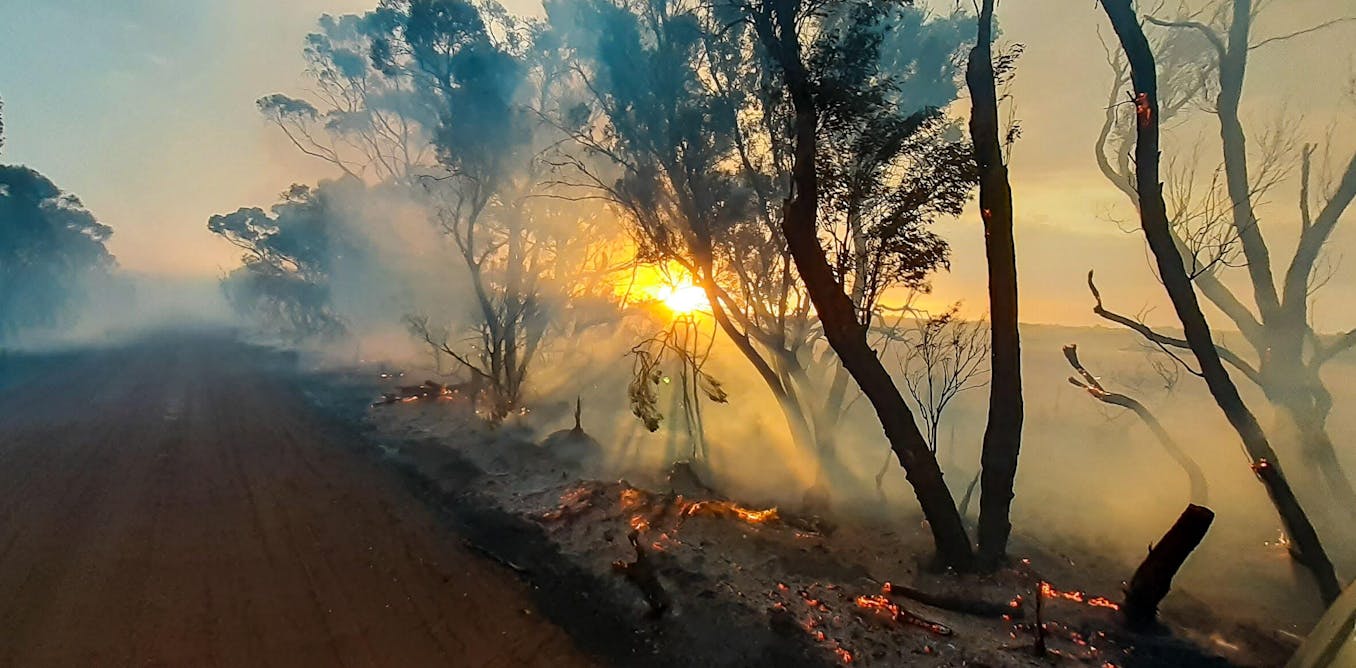Proactive Home Protection: Leveraging the Insights of a BAL Report
Proactive Home Protection: Leveraging the Insights of a BAL Report
Blog Article
Ensuring Bush Fire Protection With Proper BAL Record Analysis
In the realm of bush fire defense, the meticulous analysis of Bushfire Strike Level (BAL) records stands as a foundation for protecting residential or commercial properties against the terrible effect of wildfires. With environmental factors and home qualities playing substantial duties in identifying the degree of risk, a comprehensive understanding of BAL scores becomes essential. The real essence exists not simply in understanding these records yet in decoding them effectively to create tailored fire security techniques. By diving into the importance of BAL report analysis, we discover a realm where notified decisions lead the course in the direction of boosting property safety and durability in fire-prone regions.
Understanding Bushfire Attack Degree (BAL)
In the realm of bushfire security, understanding the Bushfire Assault Level (BAL) is extremely important for ensuring efficient reduction approaches. BAL is a system used to gauge the potential threat a structure might encounter from a bushfire. It thinks about aspects such as the kind of greenery, the slope of the land, the Fire Threat Index, and the Fire Intensity Index. Recognizing the BAL score of a residential or commercial property is vital for residential or commercial property contractors, policymakers, and proprietors to execute proper actions to protect against bushfire risks.

Relevance of BAL Report Analysis
A crucial facet in bushfire protection planning entails the comprehensive evaluation of BAL records to assess the prospective threats and determine suitable reduction strategies. BAL records offer essential details concerning the potential influence of bushfires on a residential property based on different factors such as plants type, distance to potential fire risks, and slope of the land. Assessing these reports with accuracy is paramount in developing effective bushfire defense procedures customized to the details risk account of a building.
Carrying Out Fire Security Actions
Executing reliable fire defense measures is critical for securing residential or commercial properties in bushfire-prone areas. This includes cleaning combustible plant life, such as completely dry fallen leaves and branches, within a specific radius of the residential property.
In addition, having a well-kept and adequate water system, such as a storage tank or swimming pool, can assist firemens in their initiatives to shield the home. It is very important to have a clear discharge plan in position and to ensure that all homeowners are acquainted with the treatments. Furthermore, having firefighting devices conveniently offered, such as hose pipes and fire extinguishers, can help in tackling small area fires prior to they intensify. In general, implementing a mix of these fire defense steps can significantly increase the opportunities of safeguarding properties throughout bushfire occasions.
Mitigating Dangers in Fire-Prone Areas
To strengthen homes against bushfire risks, a calculated concentrate on mitigating dangers in fire-prone areas is crucial. Mitigating risks in fire-prone areas involves a thorough method that encompasses numerous procedures to lower the possibility and impact of bushfires. One important aspect of threat mitigation is preserving defensible site room around properties by removing flammable greenery, making sure appropriate spacing in between trees and structures, and using fire-resistant landscape design techniques. Furthermore, carrying out ember-proofing actions such as setting up steel mesh screens on home windows and covering roofing system cavities can aid protect against coal strikes and minimize the danger of spot fires.
Moreover, constructing or retrofitting structures with fire-resistant products and making certain appropriate maintenance of roof coverings, seamless gutters, and outside cladding can substantially boost the residential property's strength to bushfires. Establishing and practicing a bushfire emergency strategy with all passengers, including evacuation treatments and interaction techniques, is additionally vital in mitigating threats properly. By taking on a proactive method to risk mitigation in fire-prone locations, homeowner can much better shield their go now properties and enhance overall bushfire readiness.
Ensuring Residential Or Commercial Property Security and Strength
Guaranteeing the safety and resilience of residential properties in fire-prone locations needs a steadfast commitment to robust preventative actions and calculated preparation. Residential or commercial property security begins with executing effective measures to minimize fire threats.
Resilience, on the other hand, entails the ability of a residential property to endure and recover from a bushfire. This can be enhanced with the installment of ash guards on windows and vents, making sure that access factors for ashes are minimized. Furthermore, having a well-thought-out emptying strategy and practicing it on a regular basis can dramatically raise residential property strength. Working together with neighbors and neighborhood fire authorities can also boost the safety and security and strength of homes in fire-prone areas. By proactively dealing with these facets, home owners can much better secure their properties and loved ones from the danger of bushfires.
Verdict
In conclusion, making certain bushfire protection with appropriate BAL report evaluation is essential for comprehending the level of risk posed by bushfires and implementing necessary fire protection procedures. click over here By reducing risks in fire-prone locations and ensuring property safety and durability, neighborhoods and people can much better plan for and react to bushfire occasions. It is important to prioritize fire security procedures to secure lives and home in these risky settings.
In the world of bush fire security, the careful analysis of Bushfire Strike Level (BAL) records stands as a keystone for guarding residential or commercial properties against the disastrous influence of wildfires (BAL Report). Comprehending the BAL score of a residential property is vital for property owners, home builders, and policymakers to execute proper measures to guard versus bushfire risks

BAL reports offer essential information regarding the possible effect of bushfires on a property based on different factors such as vegetation kind, range to prospective fire hazards, and slope of the land (BAL Report). Generally, applying a combination of these fire security actions can considerably enhance the opportunities of guarding homes throughout bushfire events
Report this page